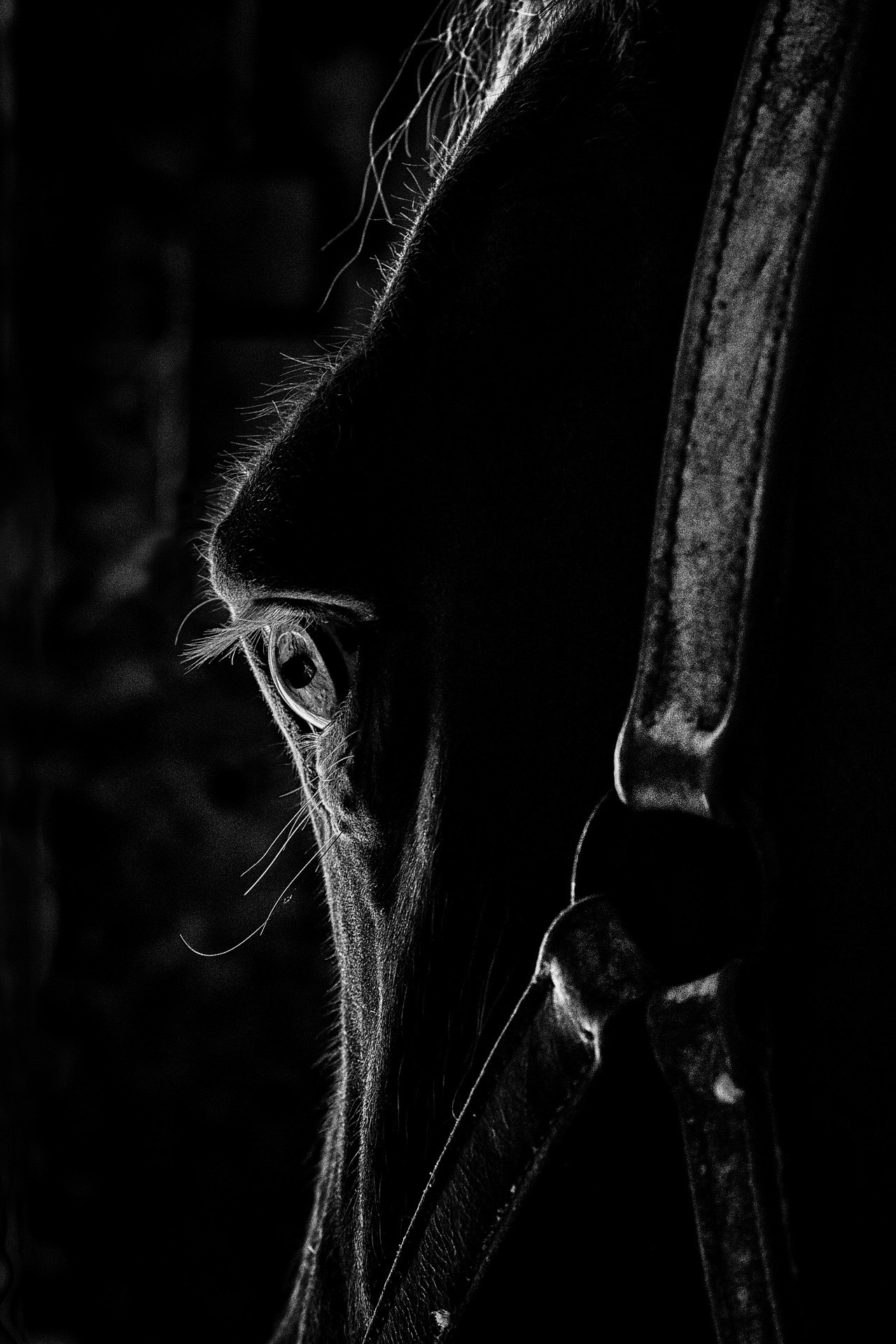Horses were introduced to
Chrenada during the reign of King Frederick III (the Mighty). One was brought as a gift with a delegation from Damas, and the delighted king quickly began efforts to obtain more, at great expense.
At last he had assembled, on an estate near
Alham, two stallions and eight mares. Not content with the acquisition of such rare and priceless creatures, he set about devising a way to display his animal wealth, in part to shore up his public support among a population fatigued with wars, both external and internal, and strained resources.
The Palanqin
King Frederick III was called The Mighty, though the soubriquet was widely taken to have two meanings. Inside the court, spoken by his Council, the phrase referred to his military accomplishments and outside, by his struggling subjects, to his size. He thought to replace his traditional slave-borne palanquin (requiring more slaves than usual) with one carried by four horses. He rejected the idea of a wagon because, as he famously told his new stablemaster, "a king is not cargo."
The stablemaster Trent spent months selecting and training the horses at the country estate, as special harnesses were made and the palanquin itself was adapted with yoked supports to rest across the horses' withers. Trent's original team was rejected by King Frederick as three of the horses were similar in color, and he wished to show off the rich variety of his equine menagerie.
At last Trent presented the king with a trained team consisting of a bay, a dappled grey, a chestnut, and a palomino. Reports vary on whether the stablemaster attempted to persuade the king to return to his original choices for the team, and some of these stories may have been modified to fit the facts later. King Frederick declared he would use the new horse-borne palanquin in a parade at
The Founding Festival.
The Fall
After what happened, the court heard many rumors of sabotage, almost certainly invented and passed solely for the king's benefit with little belief and less evidence from those who made such accusations. What most historians say was the cause was the simple fact that the king's horses, high-strung animals of flight, had been raised and trained in a remote and protected estate, and they were not prepared for even a typical urban environment like the great city of Alham, much less the chaotic madness of a parade for the Founding Festival. Those managing the horses did their best, but the mobbed streets of surging crowds and constant shouting and cheering worked the horses into increasing anxiety. When one nervous handler took a whip to a frightened horse, its panic peaked and it kicked and bolted, the others running with it.
The horses were bound together in their terrified flight by the palanquin between them, something they could not negotiate as they fled, heads high and eyes wide. Even if an individual horse might have attempted to swerve around a food vendor's cart or a knot of family, it was held on its deadly path by the others or dragged where it would not have chosen. The horses kept mostly to the streets for the parade, striking spectators on the sides and overrunning parading soldiers, dancers, and others in the comparatively open center. Within the palanquin itself, King Frederick was thrown about, but he managed to remain inside the vehicle at first.
Experts in horses say that their initial frightened bolts are generally short, just enough to escape the perceived danger, but in this case the perceived danger was the chaotic city, and as they careened through the streets of Alham the crowd grew ever more frantic and more loud. Attempts to chase them only encouraged the frightened horses to run faster and further. They galloped from their first fright near the Naziar all the way to the fish market in lower Alham, wreaking destruction and dealing injury, until at last a sharp corner proved fatal. One horse slipped on the pavement and went down, leading to a spectacular crash against the doorway of a sailors' public room. King Frederick and the shattered palanquin were thrown into the pub, breaking bones in king and sailor alike.
Aftermath
Two of the horses survived the affair and were returned to the estate. King Frederick, badly injured, was borne back to the Naziar in a more traditional manner, where he spent months recovering. Stablemaster Trent and the horses' other handlers were all executed with vague accusations of plotting against the king. As these were the most knowledgeable in Chrenada on the subject of horses, the king's breeding program suffered—as did his popularity when his expensive stunt, intended to impress a public resentful of his spending, had caused so much damage and pain. Historians credit the ill feeling resulting from his horse-borne palanquin, among other causes, with aiding support for the challenge of Gavin, illegitimate son of Frederick's younger brother Gregor, later King Alpin, first of the Laguna line which currently holds the throne.





Comments